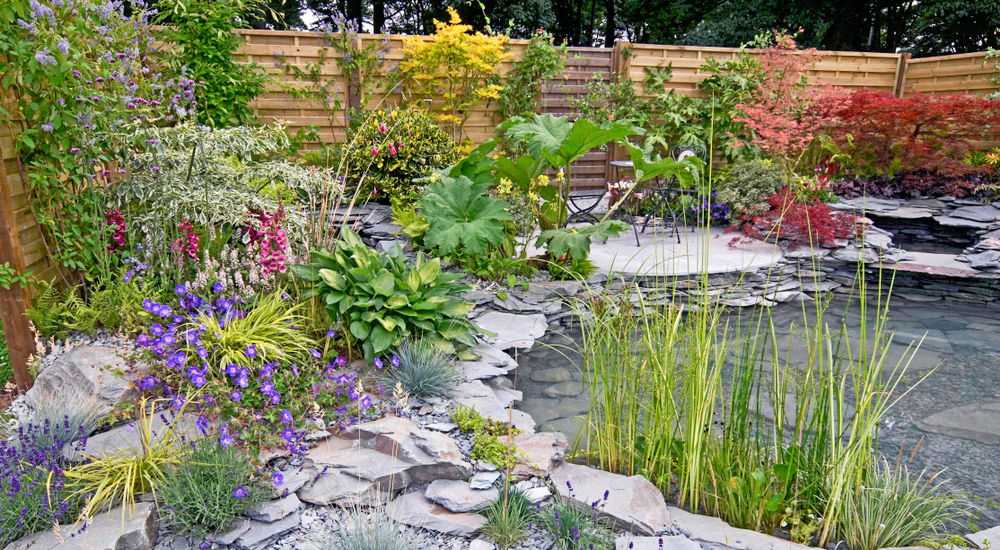Marginal plants grow around the margins of your water garden. These aquatic plants help in maintaining healthy conditions in your pond. Marginal plants generally grow in shallow water and where there is damp soil. These plants mostly have their soil and crown below the water level and will only be considered a true breed if the plant is able to tolerate waterlogged soil and water over its crown all year.
To create a beautiful natural looking pond, you need to select the best marginal plants. They help disguise the edges of your pond and give your pond greener outlook. A variety of marginal plants are available in the market to choose from and they come in different shapes, sizes, textures and floral colors.
You need to figure out your plantation scheme and the order in which you want to place your plants before you go shopping. For example, you may choose to have multiple flower marginal plants or a mixture of different textured plants to fill your pond’s border. Native flowering plants provide shelter and a good hiding place for aquatic wild life in order to lay eggs, so that can also be taken into consideration.
Marginal plants are not just beneficial for wildlife ponds but they are also considered to add height and contrast to formal ponds.
Benefits
Marginal plants not only add beauty and naturalization but they help in the filtration of elements that would feed algae. There are a number of marginal plants that you can choose that can attract and provide shelter for wildlife. These plants are commonly placed directly into the gravel in an ecosystem pond in order to allow them to bloom naturally and filter the pond water more effectively.
However, not all kinds of plants are suitable to be placed on the borders of your pond. A For instance, thalia, bulrush and reeds are widely recognized as problematic and may damage the pond liner.
One of the solutions to planting these particular plants is to plant them in an aquatic pot which can easily be surrounded with rocks and gravel.
Another great place for marginal plants’ establishment is streams as the roots provide valuable filtration and also soak any additional nutrients to minimize algae growth.
Care
Maintenance of marginal plants in an ecosystem pond is fairly easy. Firstly, the basic task you need to take care of is to remove any dead, discolored or excessive plant material because marginal plants do not require fertilization unless they are in pots.
These plants have the ability to flourish from the nutrition they absorb from the pond. In winters, the plants need to be trimmed about two to three inches from above the water level. Marginal plants which grow directly in the gravel need to be thinned down so they don’t occupy more pond space than planned.
Marginal plants play a vital role in maintaining the functionality and beauty of the pond. Although a flowering water lily in your pond may grab all the audience’s attention but with the absence of marginal plants, your pond may look unnatural and out of place. Marginal plants not only provide textures and colors to your pond but it helps soften the edges of your pond to let it blend into the surrounding landscape.




